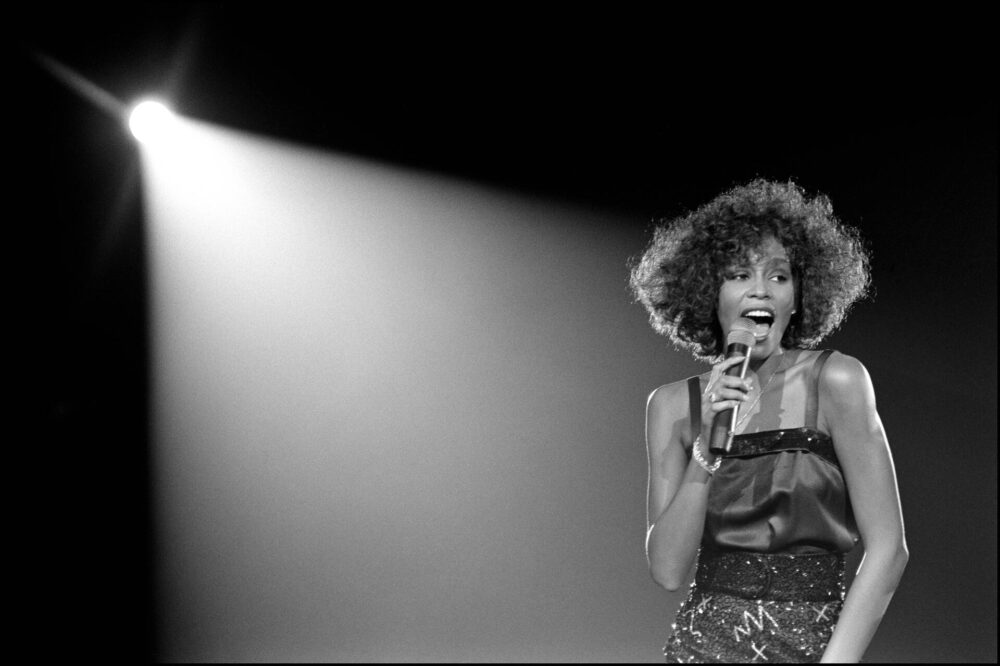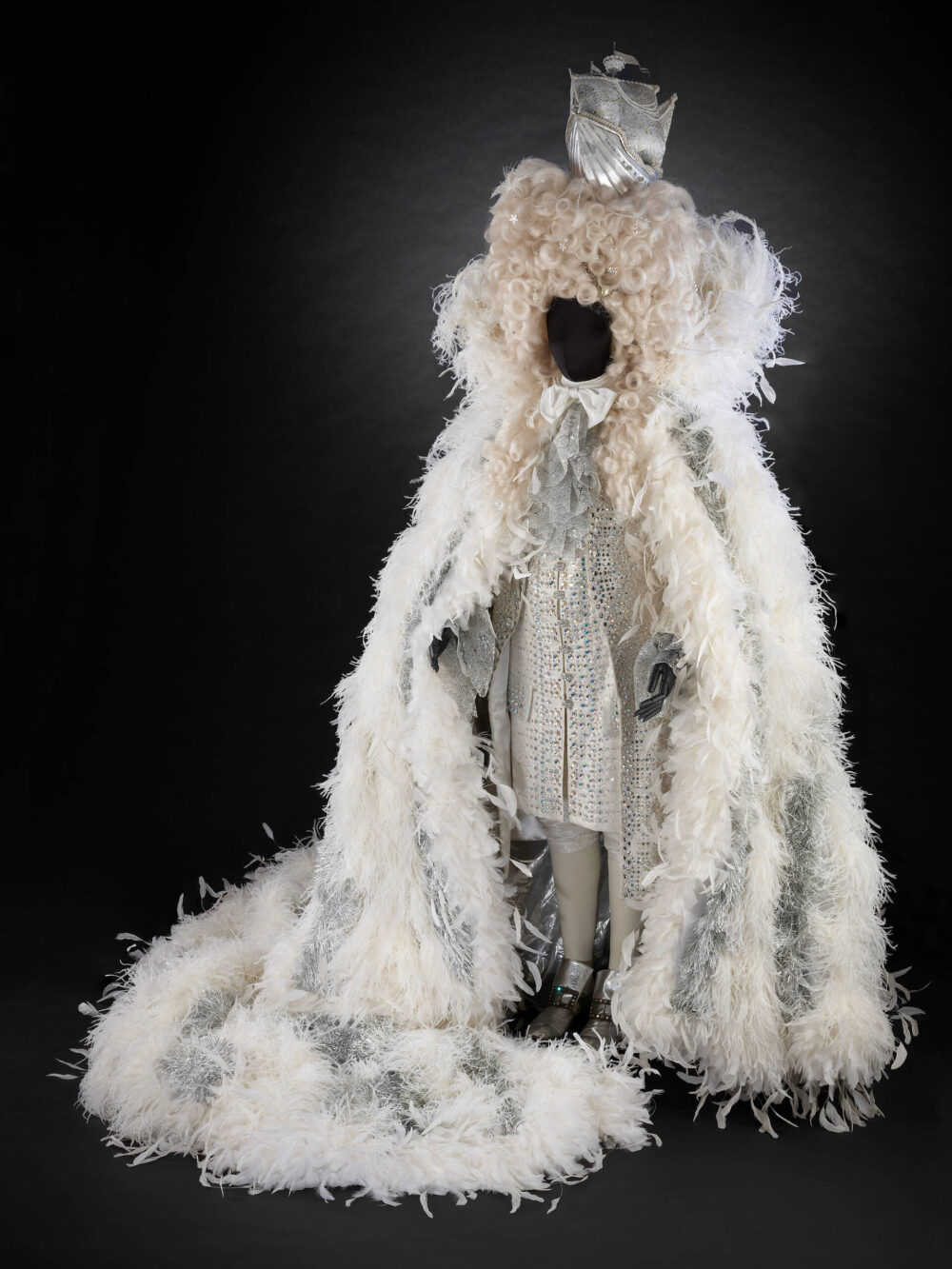‘Diva’

If someone was describing an exhibition which would be of minimal interest to me, this one at the V&A would superficially come close to the result. It’s mostly a fashion exhibition—not something that would usually appeal—heavily promoted as featuring outfits worn by pop music heroines, many of whom I wouldn’t recognise on the street. My sole reason for popping by was that I have complimentary access and happened to be in the area.
I was unexpectedly engrossed and impressed.
In terms of the actual exhibits, this was primarily a fashion exhibition. Its success came from using the exhibits to explore a wider story. In this case, the running theme was feminism and its relationship to the shifting meaning of the word ‘diva’.
We start with ‘diva’ in the 16th-century sense of ‘goddess’, as applied to opera singers—primarily sopranos—whose voices were so spectacular as to be considered virtually supernatural. This is also where we first encounter the subversive power of the ‘diva’: as those voices become the driver of ticket sales, works begin to be written around them, and the ‘divas’ attain power and independence far beyond that offered to a woman in virtually any other walk of life. Indeed, they attain more than the men: these ‘divas’ were not just singers, but captains of industry in their own rights, using their platform to promote ‘female’ issues. Yet, often, these ‘divas’ failed to find happiness in their own lives, the persona—the costume—becoming a kind of gilded cage.
And so the pattern repeated, from opera, to jazz, to theatre, to movies, to pop music. The same tropes crop up again and again, each time bringing forth viewpoints from the latest wave of feminism. Since the 1960s, but even more so in the fourth wave of feminism, one needn’t be a woman to be a diva: and so we see Elton John’s startling Louis XIV fiftieth birthday outfit.

It’s interesting to contemplate the layers of meaning in ‘diva’—given our collective history, it’s no surprise that there’s an element of disparagement in a term describing a woman who wields her own influence.
It’s an exhibition that provides plenty of facts, and plenty of provocations for reflection. If you’re interested in fashion, there’s a whole other layer of interest here that mostly passed me by. I also enjoyed the clever use of audio headsets, which responded to each exhibit: I might not have known all the featured artists by name, but I recognised more for their music. The audio also helped to illustrate the connection between fashion and music, and cleverly synced with film clips in the exhibition.
For all that: the thing that has stayed most with me from this exhibition is a huge looping timeline of feminism from the 1800s onwards, titled ‘Redefining the Diva’. The final point on the timeline, coming after fourth-wave feminism and dated 2022, is the US Supreme Court’s overturning of Roe vs Wade. If ever there was a reminder that we still need feminism—and divas who push the boundaries—then that has to be it.
